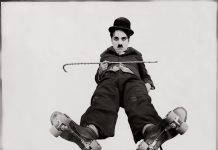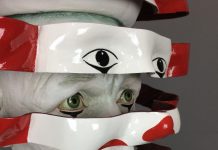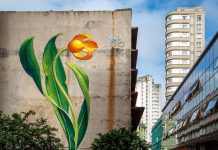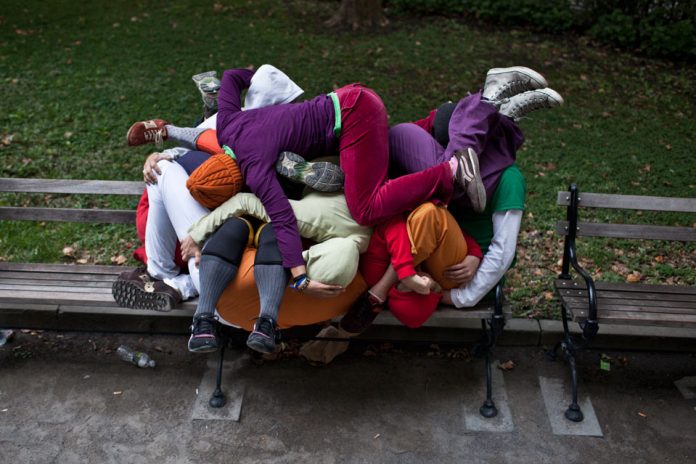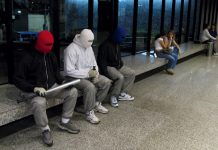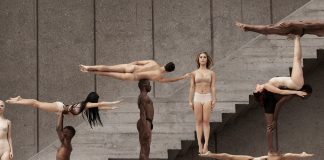“Bodies in Urban Spaces” by Willi Dorner is an example of when art comes to life, it is a trail that is ever changing, choreographed specifically for a group of dancers. The dances bring the art to life and take the audience through selected parts of public and semi-public spaces. What the audience experiences is the corporeal elements of a chain of physical interventions that are set up very quickly and briefly, as their existence is only temporary, thus allowing the audience to perceive a space in a completely different way through brand new eyes.
The special quality of each place at various times of the day creates unique presentations. The purpose is to emphasize urban functional structure while also serving to “uncover the restricted movement possibilities and behavior as well as rules and limitations.”
Willi Dorner does this by placing the bodies in specific places in which his interventions serve to provoke a cognitive process and produce the emotional reaction of irritation. The performers bodies, skillfully choreographed by the artist invokes a sense of awe and somewhat disbelief in the audience, as the bodies contort into each other, similar to the non-biological structures we see in the urban settings. Individuals who pass by this work of art, can reflect upon their urban surrounding in addition to their own behavior and habits. What the audience sees is a mouthful, however, most are too stunned or left at a loss of words as they see the brutal beauty yet complicated frustration of the living piece. “Bodies in urban spaces” encourages local residents to play the part of the audience and walk though their own city in order to facilitate a stronger relationship to their neighborhood, or their region. It doesn’t only make people see space differently, but their own place within that space on a deeper level. (via publicdelivery)
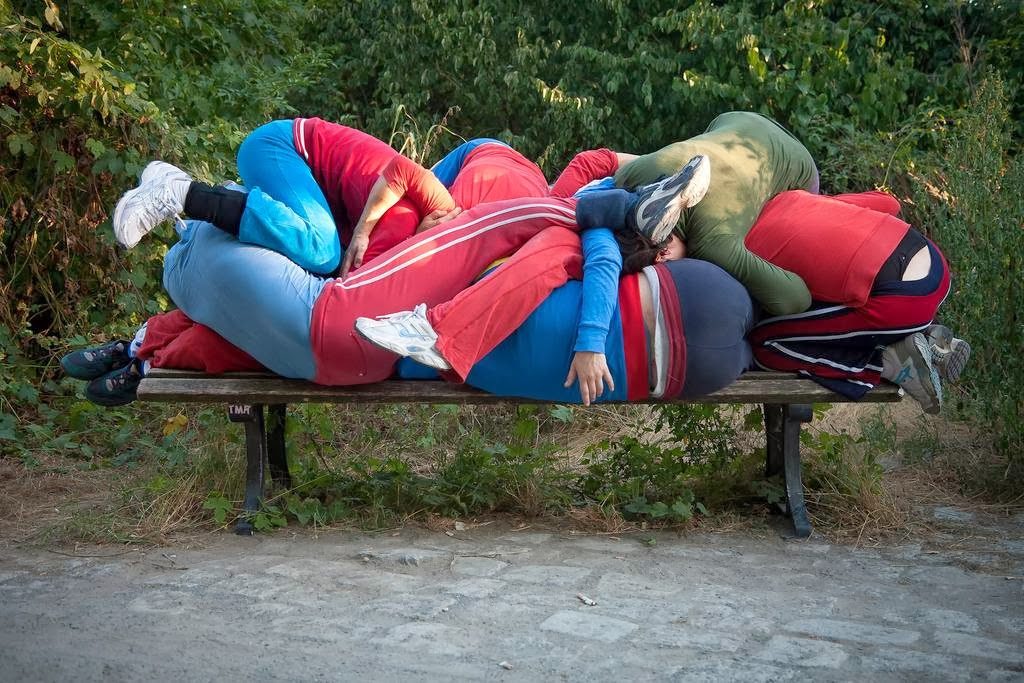
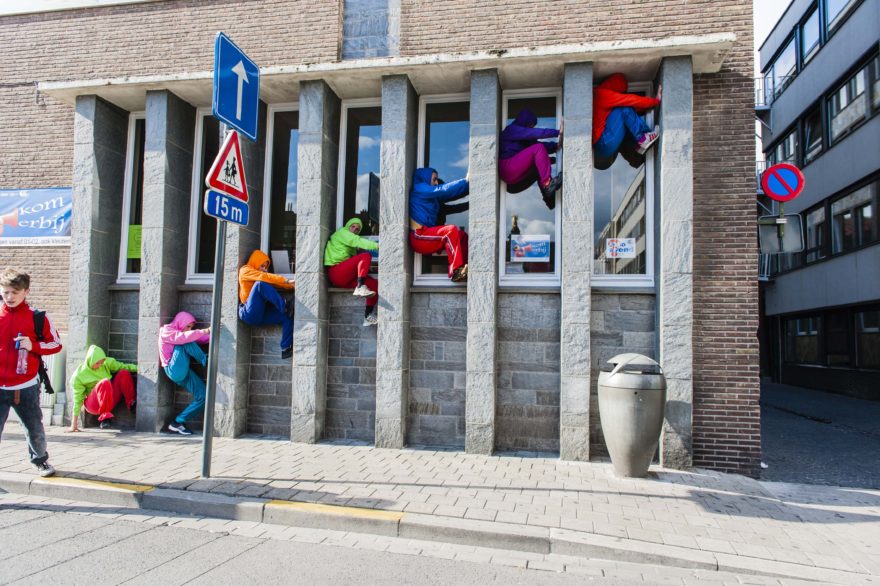
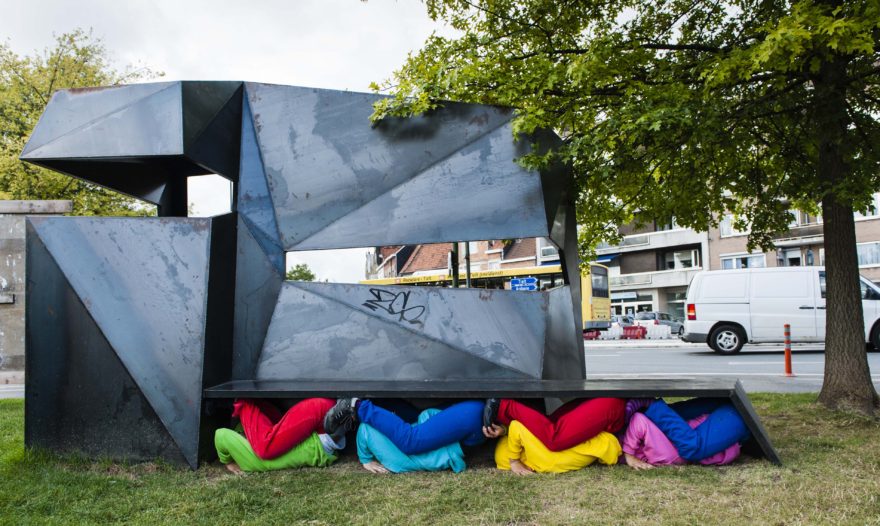
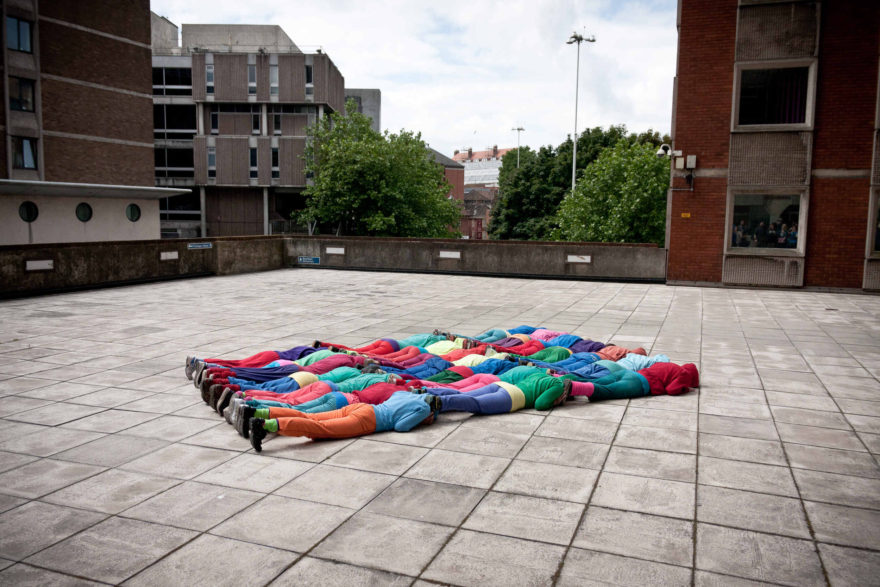
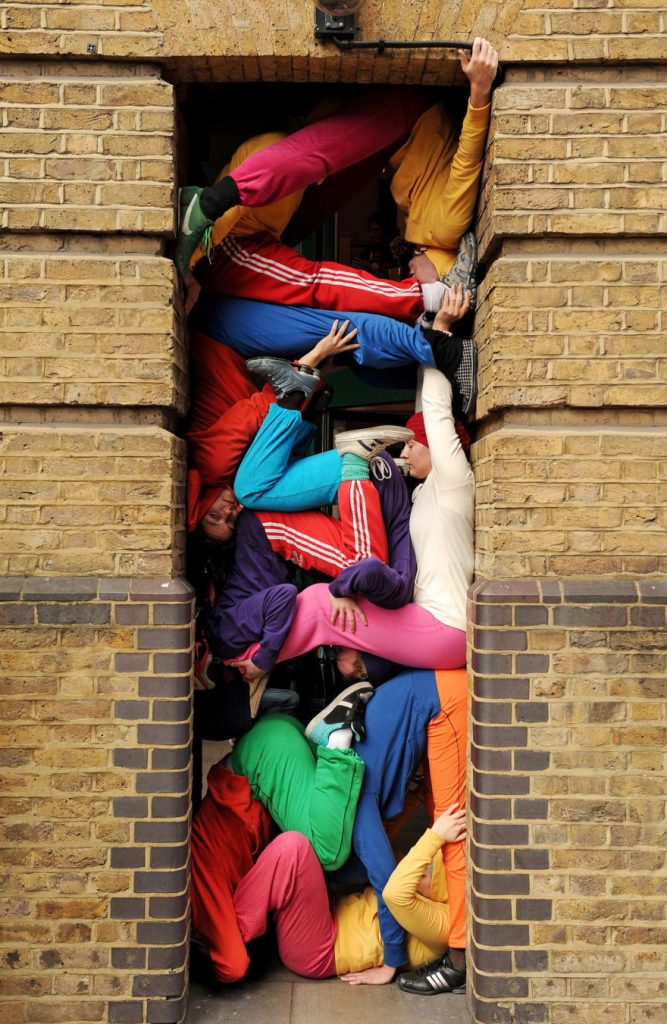
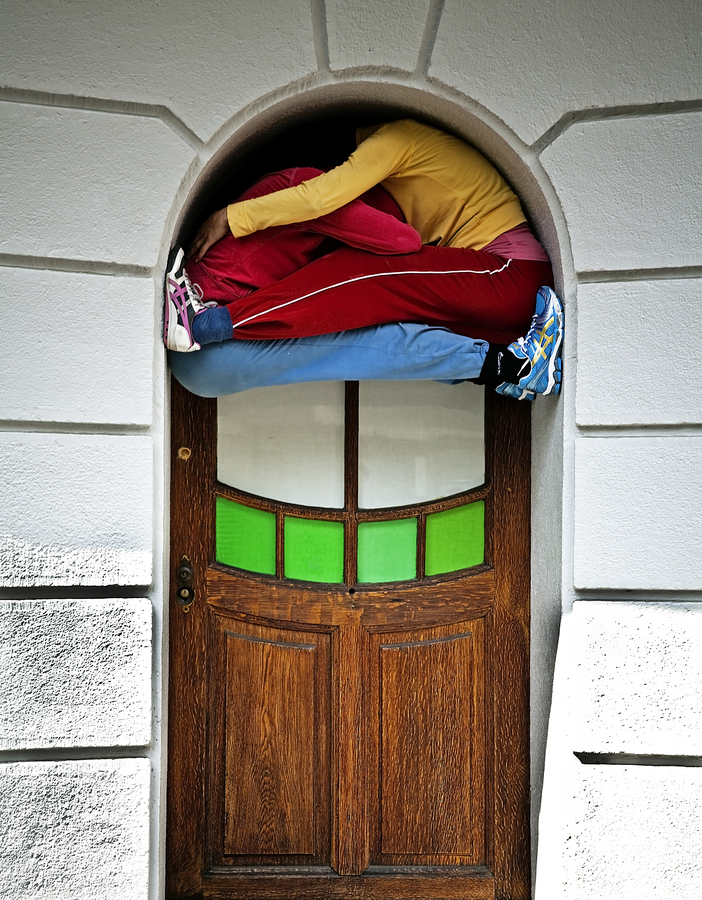
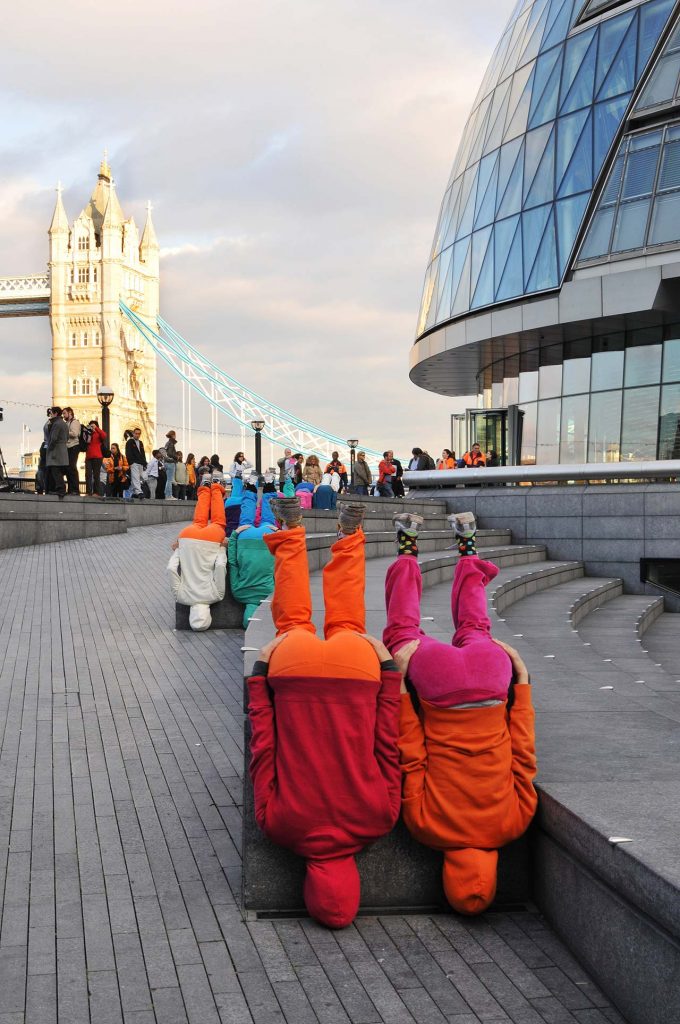
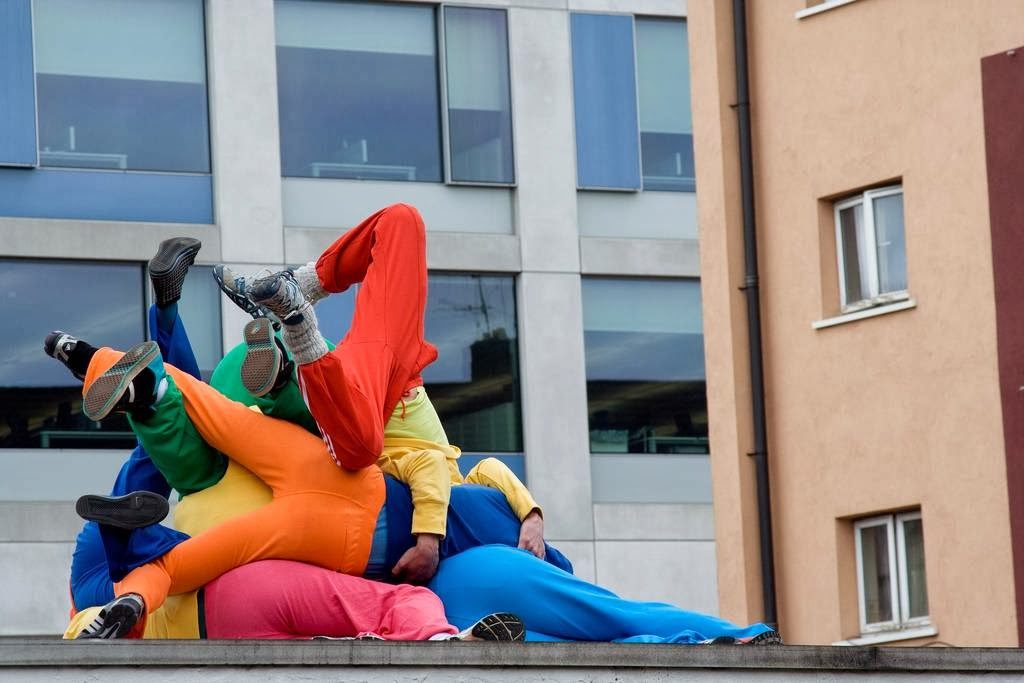
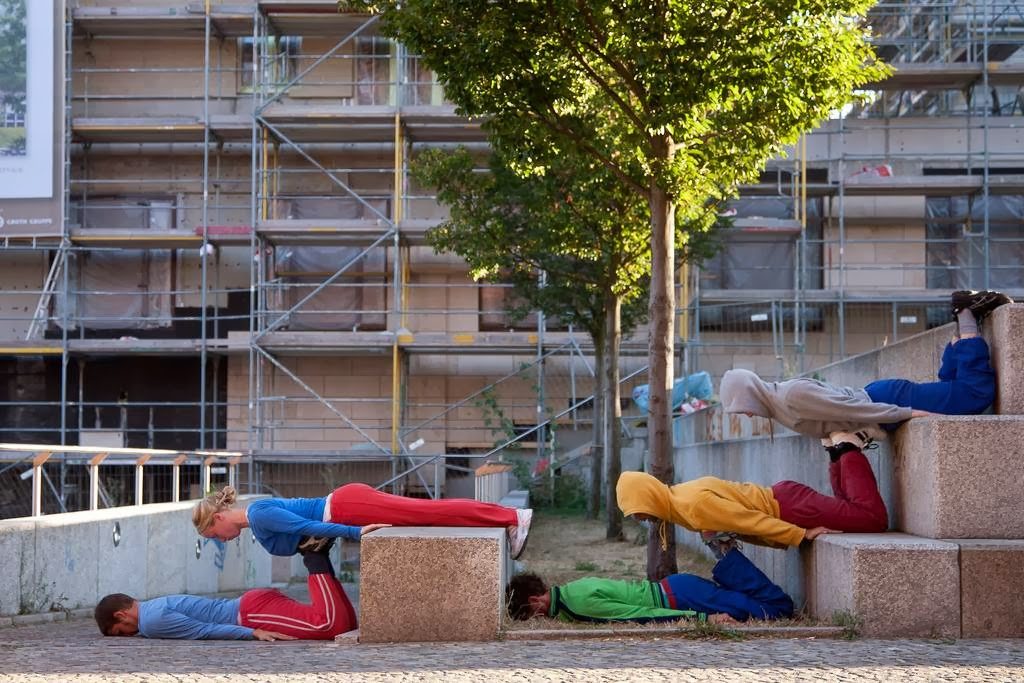
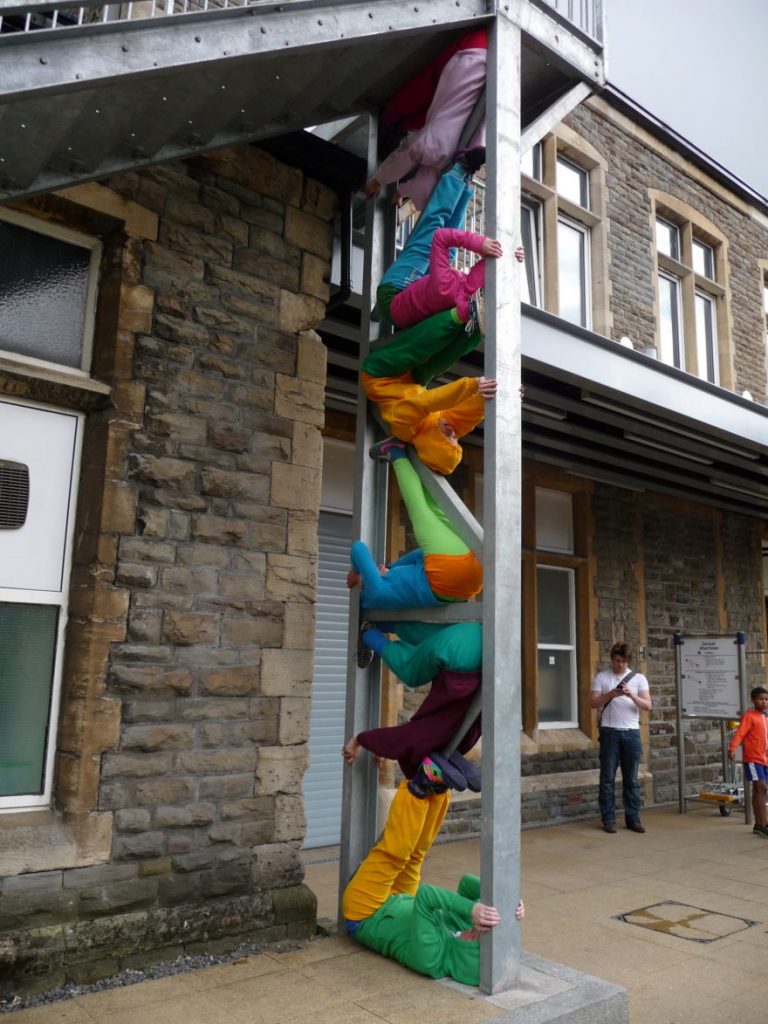
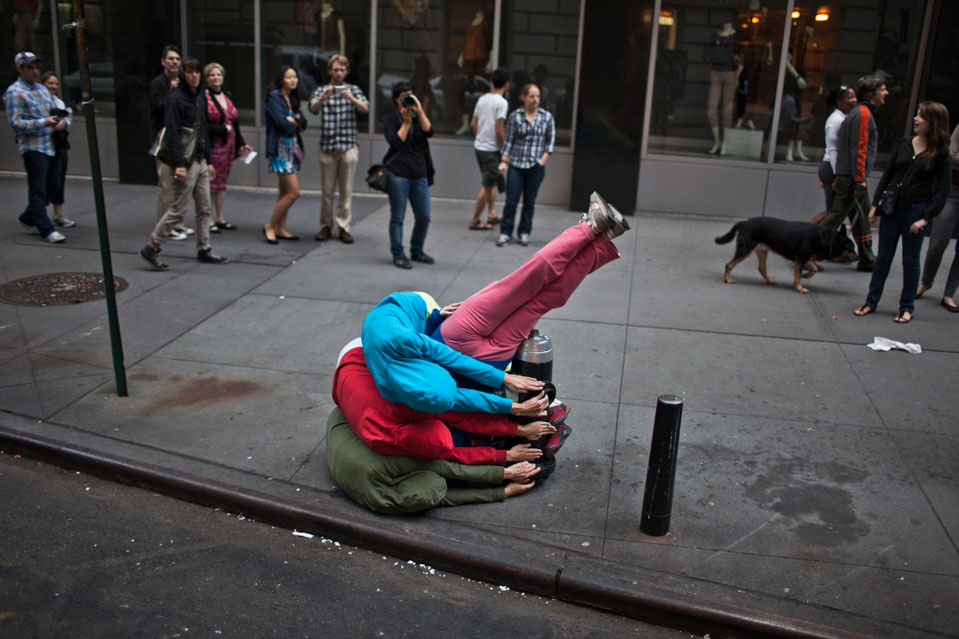
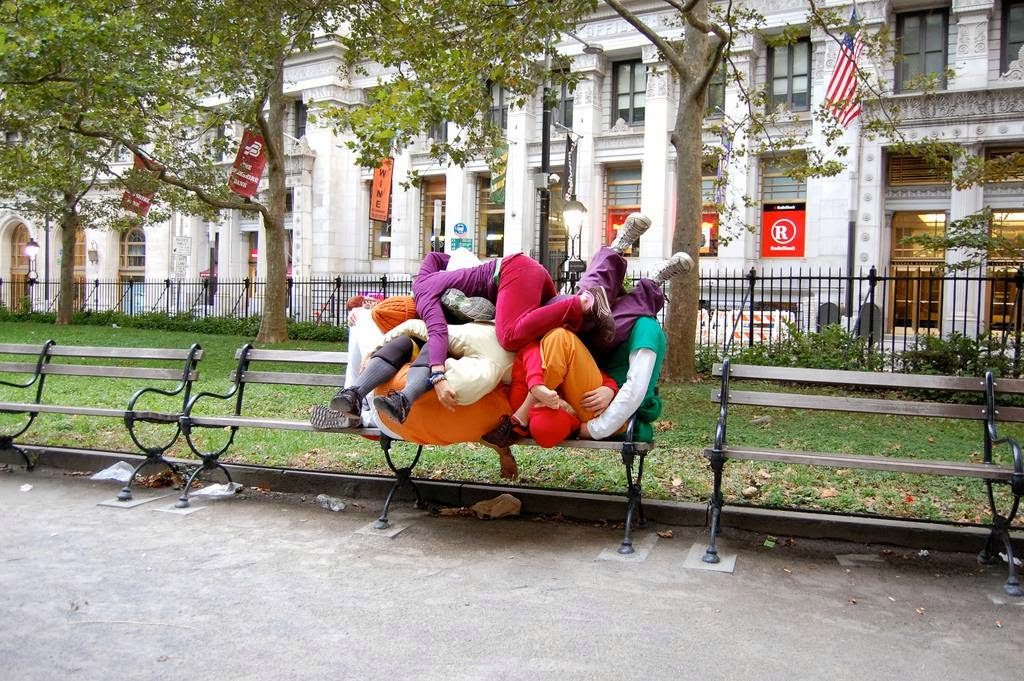
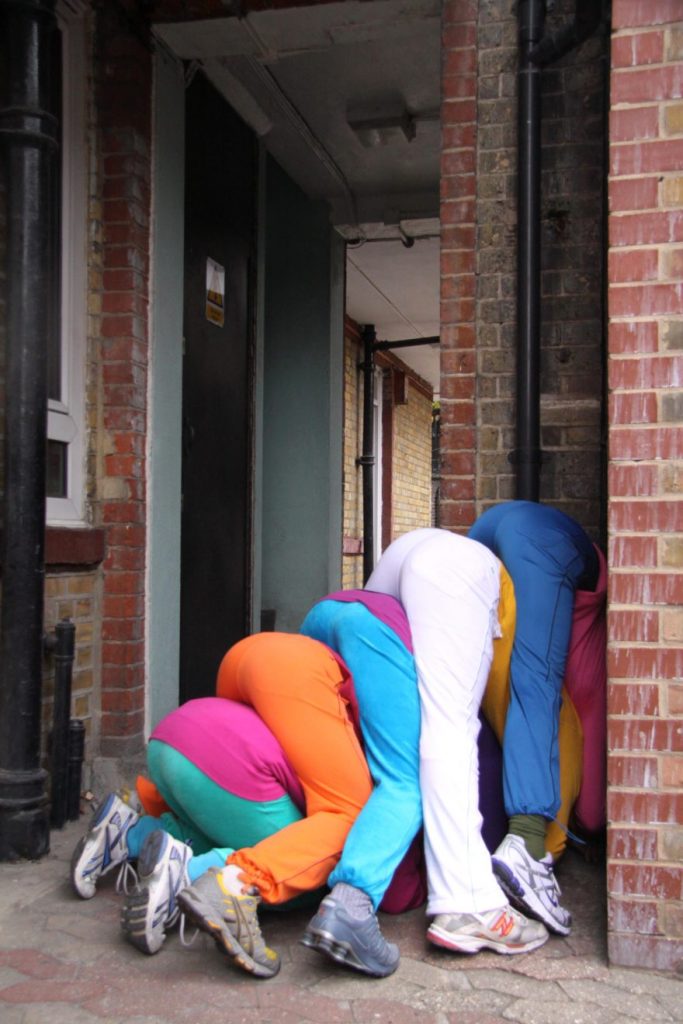
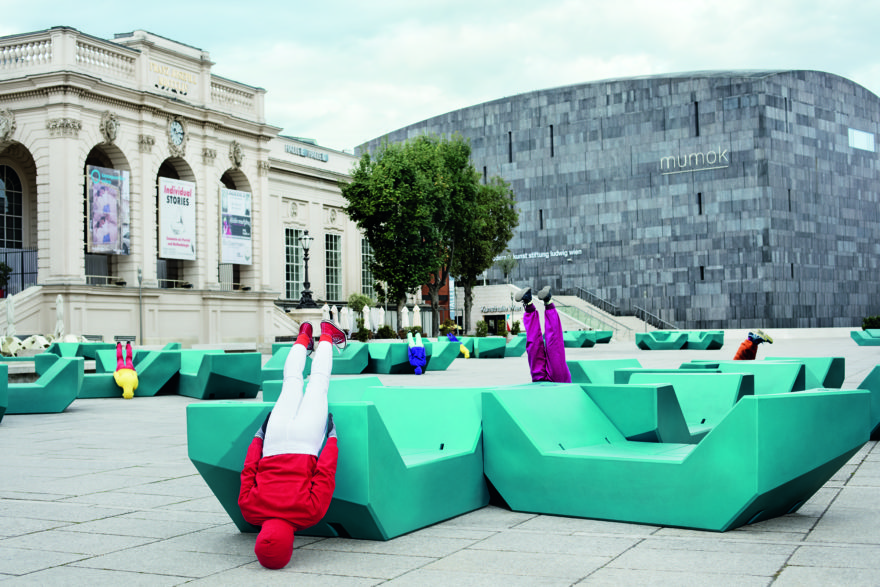
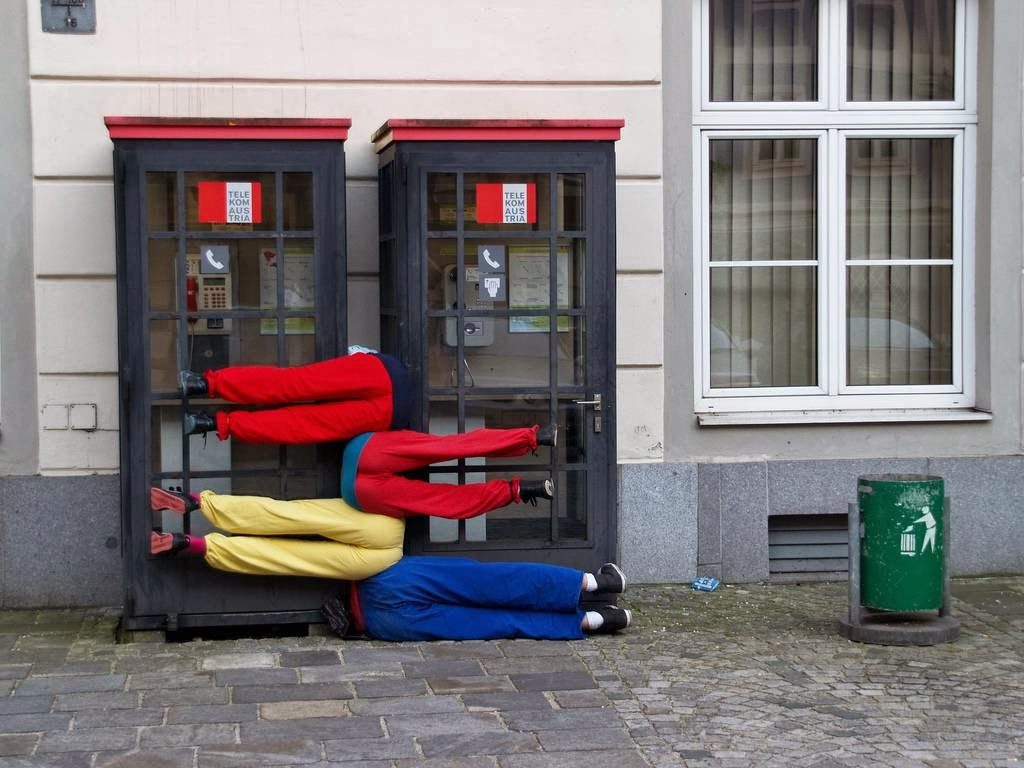
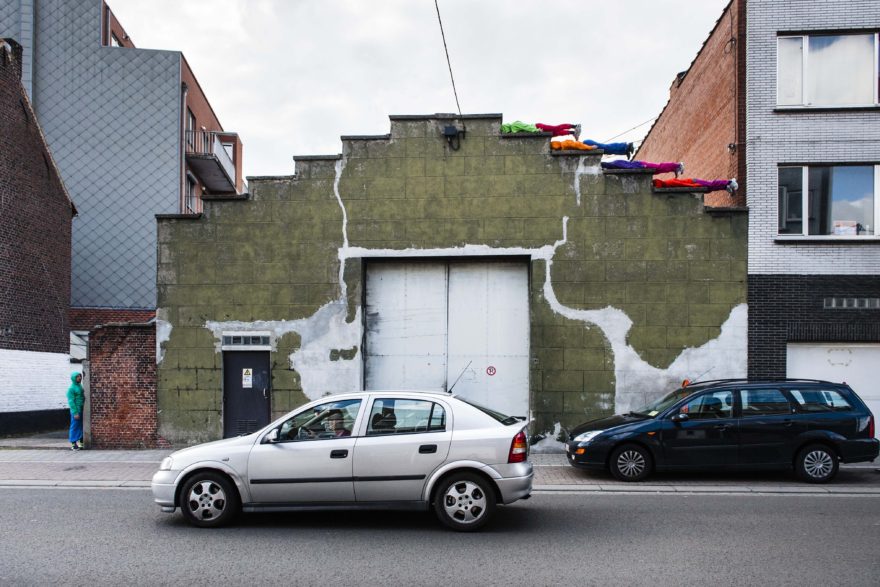
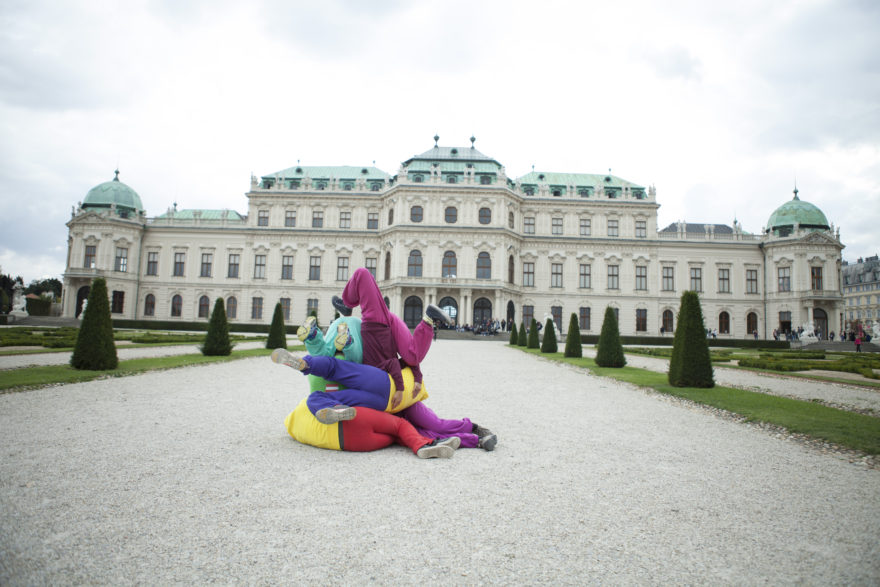
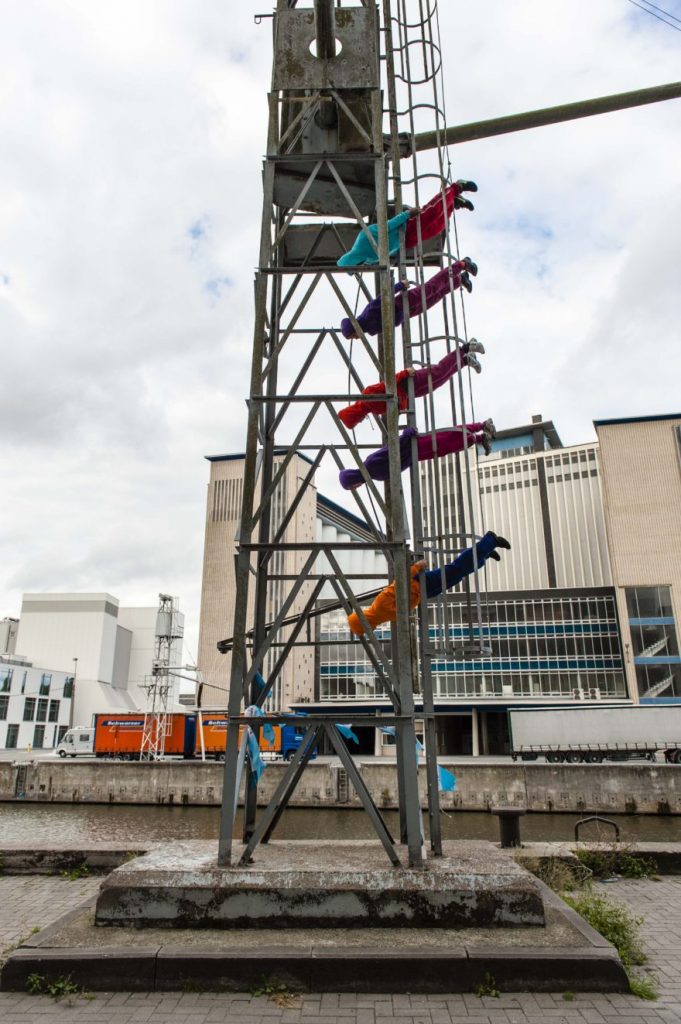
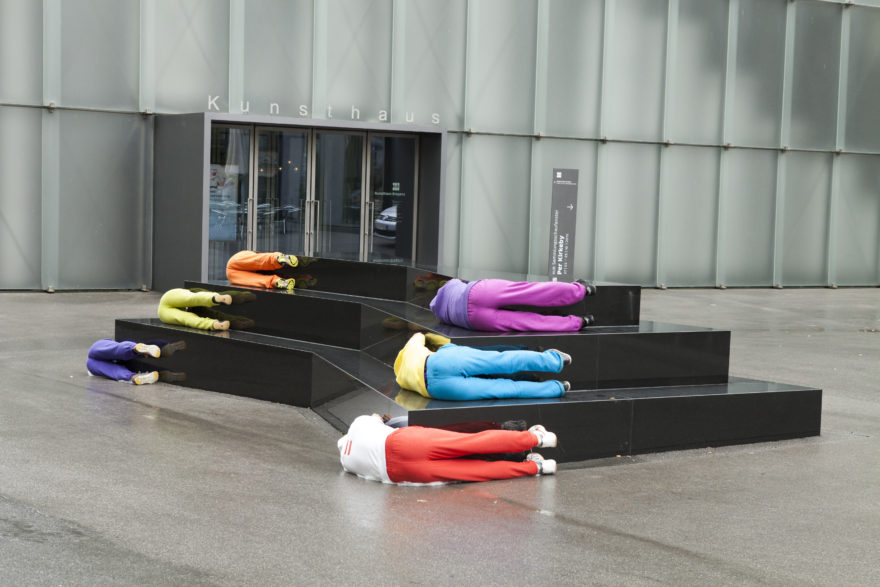
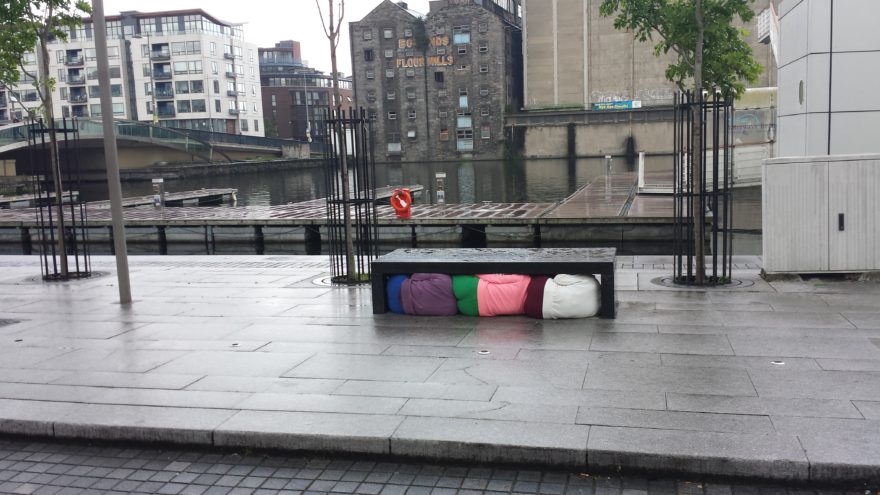
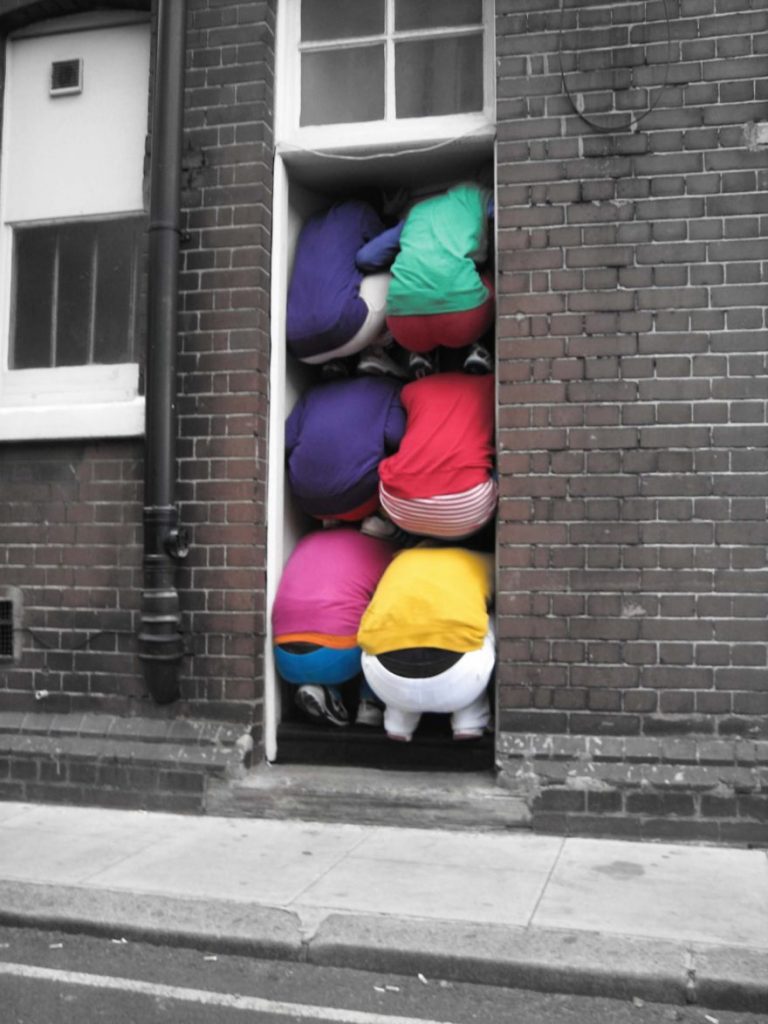
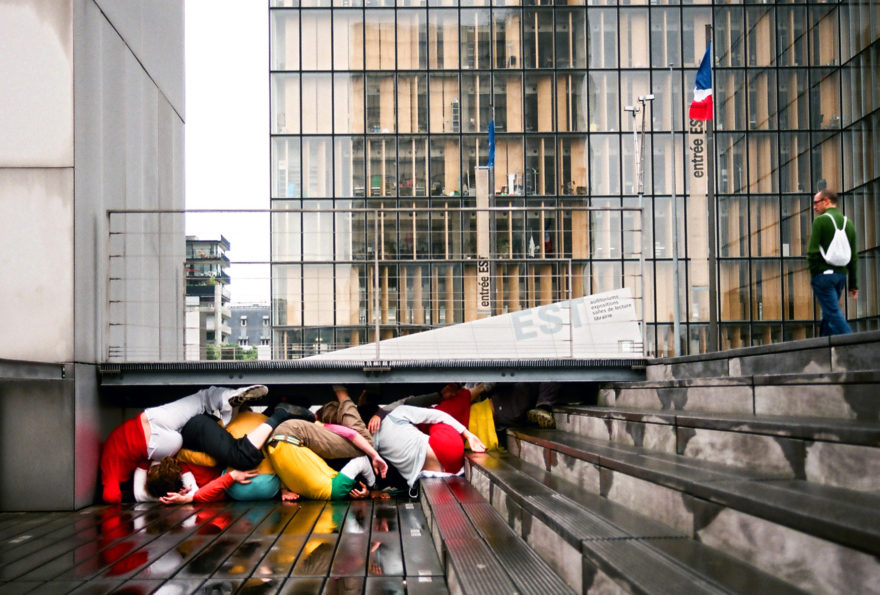
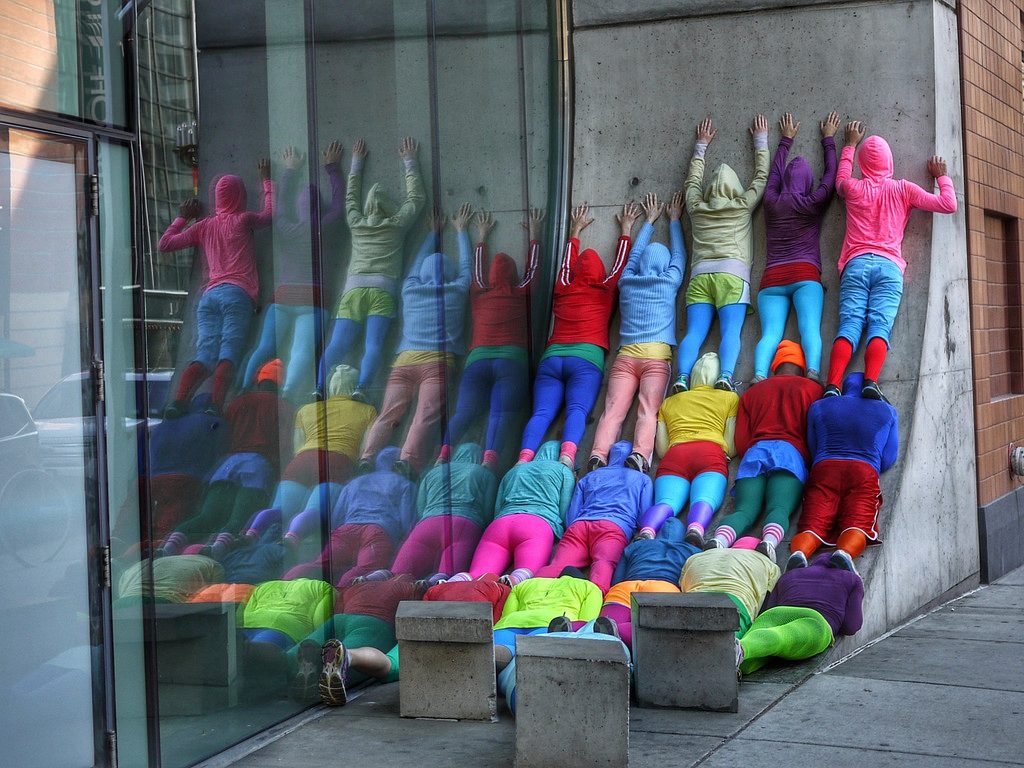
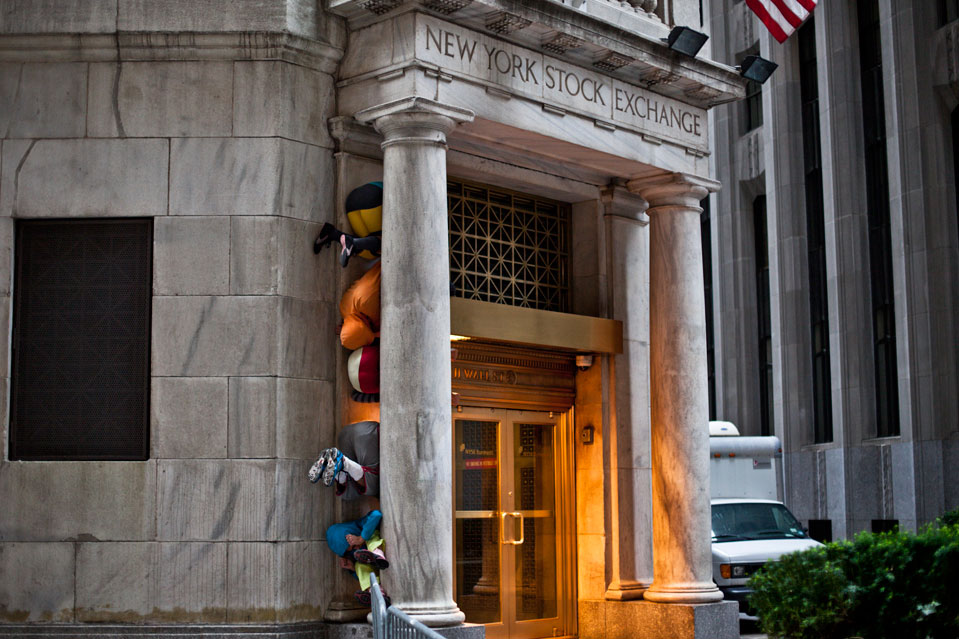
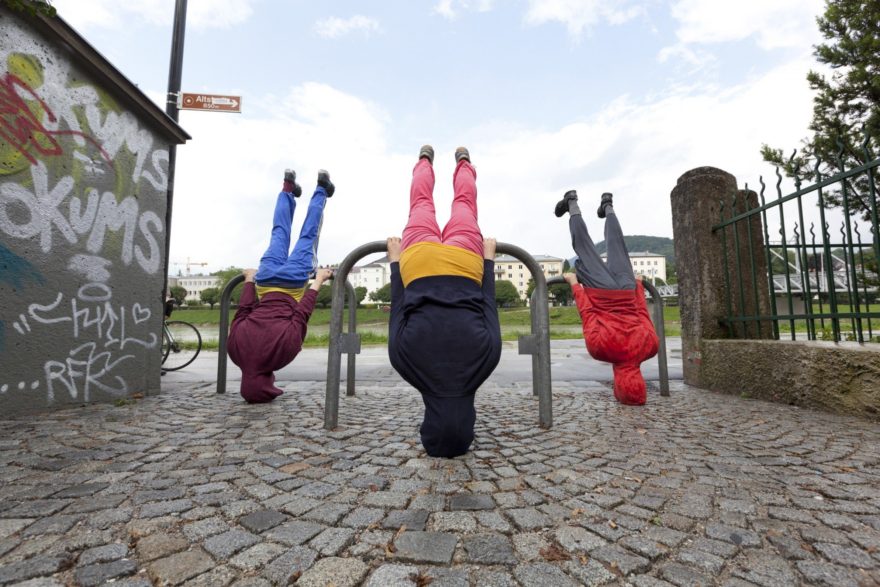
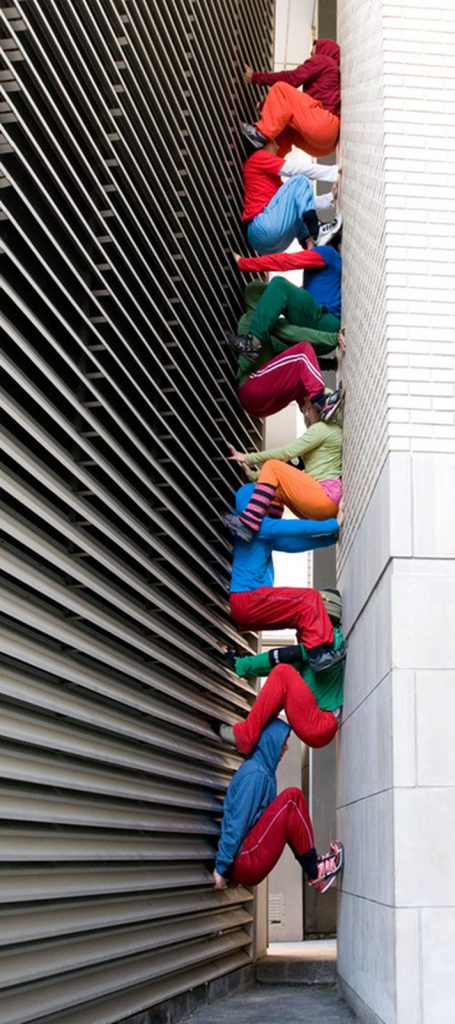
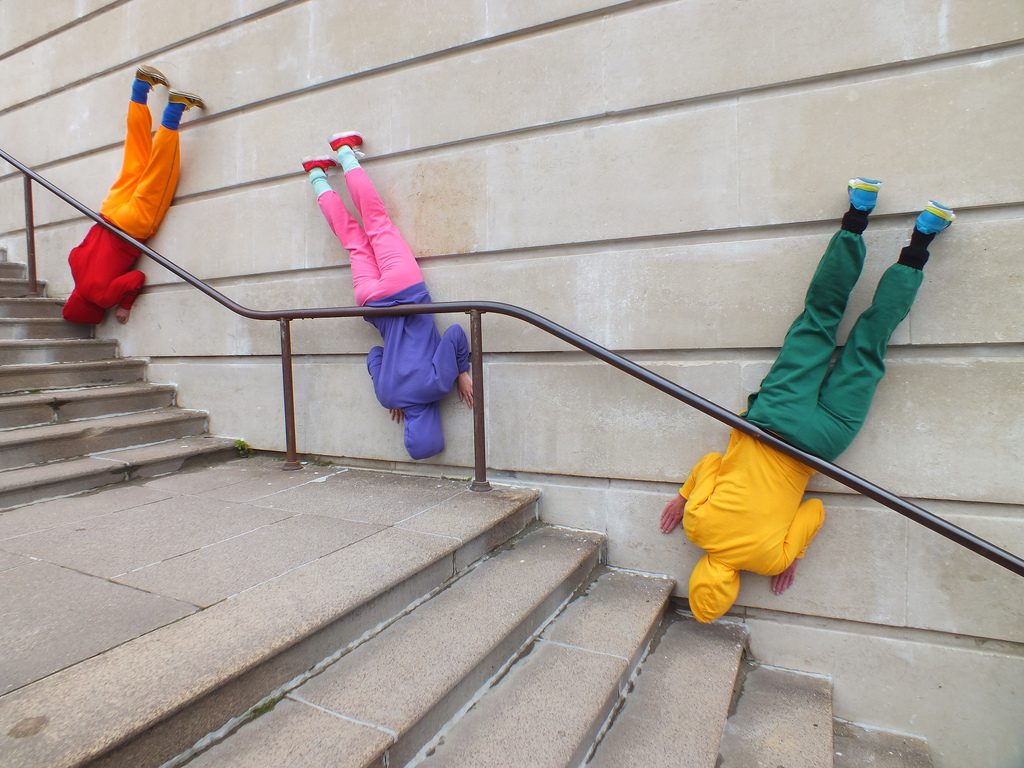
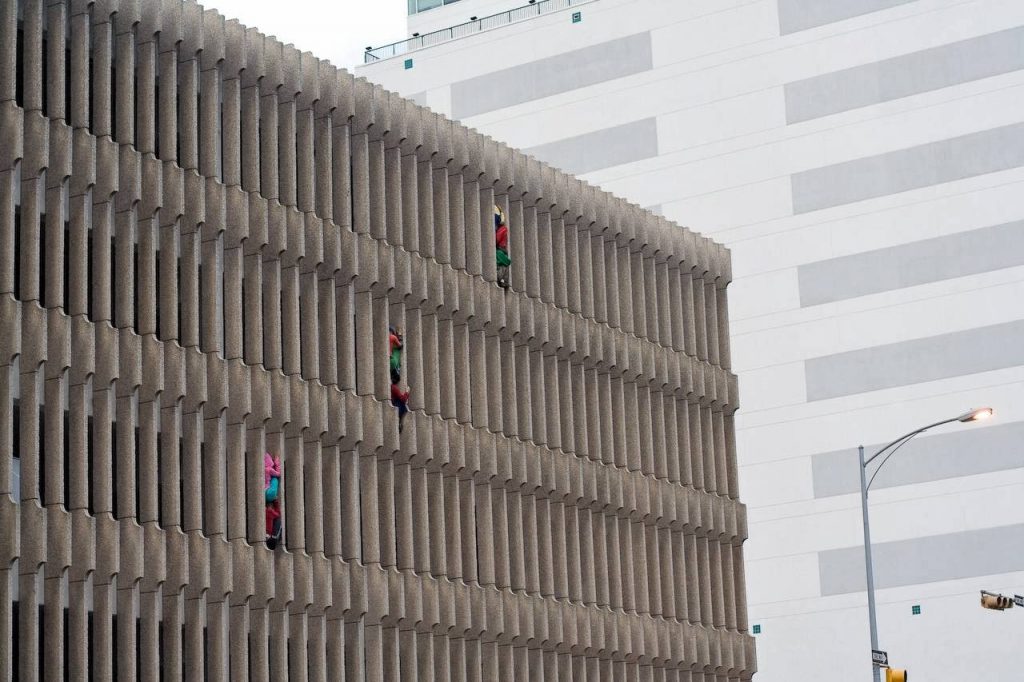
Will Dorner on Facebook



